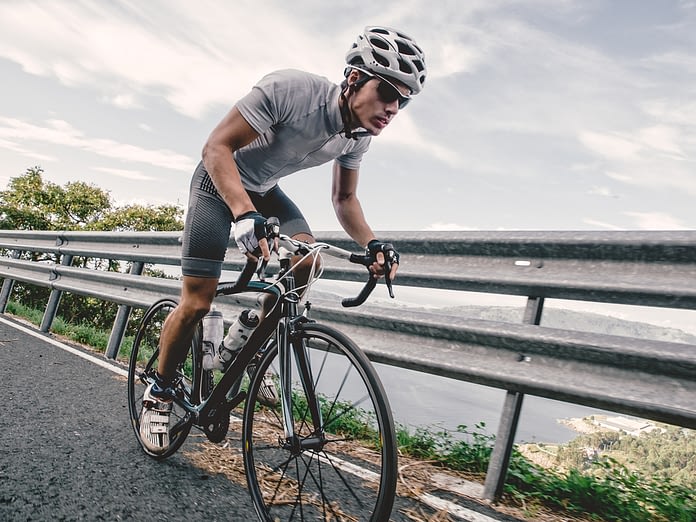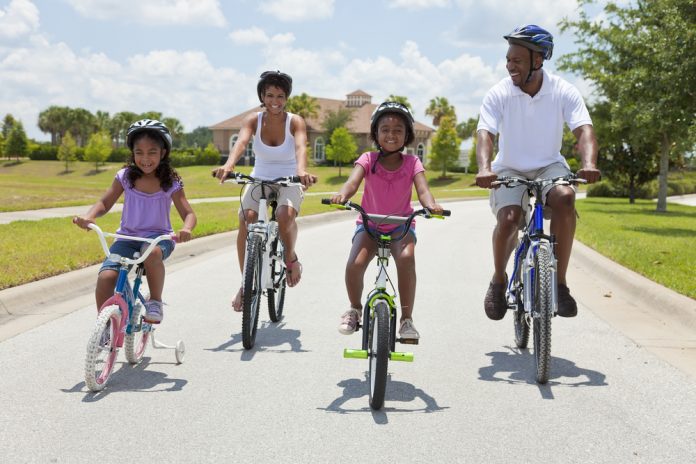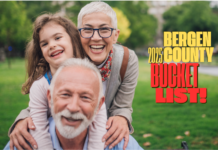10 Tips for Safe Cycling: Whether you ride a bicycle for exercise, to commute to work or school, or to have some outdoor fun, the benefits can be great. Cycling is a low-impact sport that can help strengthen muscles and bones, control weight, improve cardiovascular health, and even boost your mood and mental health. But along with the many benefits of cycling comes an increased risk for injury.
“Overuse injuries to the back, neck, knees, and hands are the most common, as well as minor scrapes and bruises,” said Uri Adler, M.D., Kessler Institute for Rehabilitation. “However, riders often experience fractures, and chest, back, and abdominal injuries. In fact, one in eight riders will sustain a traumatic brain injury. And while bicyclists make up only about 1% of road traffic, they account for more than 21% of all fatalities.”
According to the Centers for Disease Control (CDC), adolescents and adults between the ages of 45–54 have the highest rate of fatalities, and men are far more likely than women to be injured. Cycling accidents also result in more than 580,000 visits to the emergency room each year – nearly 60% of which involve children, adolescents, and young adults between 15-24 years of age.
“Helmets can reduce the likelihood of a brain injury by more than 85%, which is why wearing a helmet is mandated for children and strongly recommended for all adults,” explained Dr. Adler. “Wearing the proper protective gear, making sure the bicycle is right for the rider, and following the rules of the road are all critical factors in helping to avoid injury.”
As a leader in the field of physical medicine and rehabilitation, Kessler Institute offers the following 10 Tips for Safe Cycling guidelines for both adults and children:
1. Choose the type of bike – city, touring, racing, mountain, etc. – that best suits your needs and make sure the bike is the proper size and fit for the rider.
2. Always check to see that the tires are sufficiently inflated and that the brakes and handlebars are in good working order before riding.
3. Do some warm-up exercises and stretching to help get muscles and joints ready to ride.
4. Wear a helmet! Make sure it is properly fitted and meets industry guidelines.
5. Be visible. Wearing reflective or bright-colored clothing will help drivers and others see you. In addition, wear appropriate footgear. Never ride barefoot or in flip-flops.
6. Follow the rules of the road. Cyclists must follow the same laws as cars, including stopping at red lights and stop signs.
7. Ride with the flow of traffic. Signal before making turns and look all around when changing lanes or turning.
8. Be aware of potential road hazards, such as potholes and debris, and anticipate what other cyclists, cars, and pedestrians may do that could cause you to swerve or have an accident.
9. Never talk, text, or take photos while riding.
10. If you experience any pain in your chest, arms, and legs, shortness of breath, or profuse sweating, stop riding immediately and seek emergency medical attention.
“Like any form of exercise or recreational activity, cyclists need to be physically fit, mentally alert, and most of all, smart about how they ride,” said Dr. Adler. “Observing both the rules of the sport and those of the road can make cycling safer and more enjoyable.”
North Jersey Bicycle Map and Resource Guide

As more North Jersey residents choose to cycle for recreation, fitness, or even commuting purposes, the need for a comprehensive online resource just for cyclists has grown over recent years.
The North Jersey Bicycle Map and Resource Guide is a useful tool for those traveling by bicycle for recreation or transportation in northern New Jersey and throughout the state. This online publication provides cyclists with information to help make New Jersey biking a convenient and enjoyable travel option.
The North Jersey Bicycle Map and Resource Guide map includes state bicycling tour guides, elevation, on-road bicycle facilities, and a measure of bicycle suitability and cultural, historical, recreational, and other points of interest. The guide divides New Jersey into North and South regions and reinforces the New Jersey Department of Transportation’s support for bicycling and its goal to make New Jersey a sustainable, livable, walkable, and bikeable community.
View the North Jersey Bicycle Map and Resource Guide.
Training Tips for Runners and Where to Find Races and Running Clubs in Bergen County!













